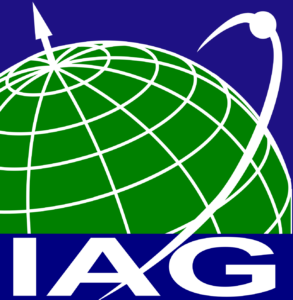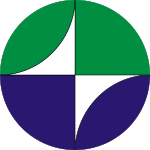SC 4.3: Atmosphere Remote Sensing
Chair: Ningbo Wang (China)
Vice-Chair: Mainul Hoque (Germany)
Terms of Reference
The Earth’s atmosphere can be structured into various layers depending on physical parameters such as temperature or charge state. From the geodetic point of view the atmosphere is nowadays not only a disturbing quantity which has to be corrected but also a target quantity, since almost all geodetic measurement techniques, such as GNSS, satellite altimetry, VLBI, SLR, DORIS and radio occultations, provide valuable information about the state and the dynamics within the atmosphere. One up-to-date challenge is to combine all these data efficiently to extract as much information as possible. Space weather events, gravity waves, natural hazards, climate change and autonomous driving are a few modern catchwords in this context. For decades the International GNSS Service (IGS) is delivering high-precision tropospheric and ionospheric, i.e. atmospheric products. The Ionosphere Associated Analysis Centers (IAAC), for instance, provide routinely maps of the Vertical Total Electron Content (VTEC), i.e. the integral of the electron density along the height to correct measurements for ionospheric influences, usually disseminated to the user with latencies of days to weeks and based on post-processed observations and final orbits. Precise GNSS applications, however, such as autonomous driving or precision farming, require the use of high-precision and high-resolution atmospheric correction models in real-time. Thus, real-time modeling of the atmosphere is one of the key tasks of the SC 4.3. Space weather and especially its impacts and risk are gaining more and more importance in politics and sciences, since our modern society is highly depending on space-borne techniques, e.g., for communication, navigation and positioning. Besides sounding the atmosphere and studying space weather effects by modern evaluationmethods, the promising GNSS reflectometry technique (GNSS-R) is another researchtopic within the SC 4.3.
Objectives
- Studying and solving problems of atmosphere research for up-to-date applications such as autonomous driving.
- Bridging the gaps between modern geodetic observation techniques such as radio occultations or GNSS reflectometry, measurements from other scientific branches such as astrophysics and geophysics with the geodetic community.
- Exploring the synergies between geodesy and other scientific branches such as astrophysics and geophysics.
- Investigating ionosphere phenomena such as disturbances and scintillations.
- Supporting atmospheric prediction models based on the combination of data from different observation techniques and, sophisticated estimation procedures, e.g.machine learning.
- Improving precise positioning and navigation on the basis of new atmospheremodels.
- Developing real- and near real-time techniques for atmosphere monitoring.
Program of Activities
- To promote research collaboration among geodetic groups and other branches worldwide dealing with atmosphere research and applications.
- To organize and/or participate in scientific and professional meetings (workshops, conference sessions, etc.).
- To maintain a web page concatenating the Sub-Commission’s activities and reports.
- To encourage journal special issues on research, applications, and activities related to the topics of this Sub-Commission.
- Close cooperations with other entities of the IAG and GGOS.



